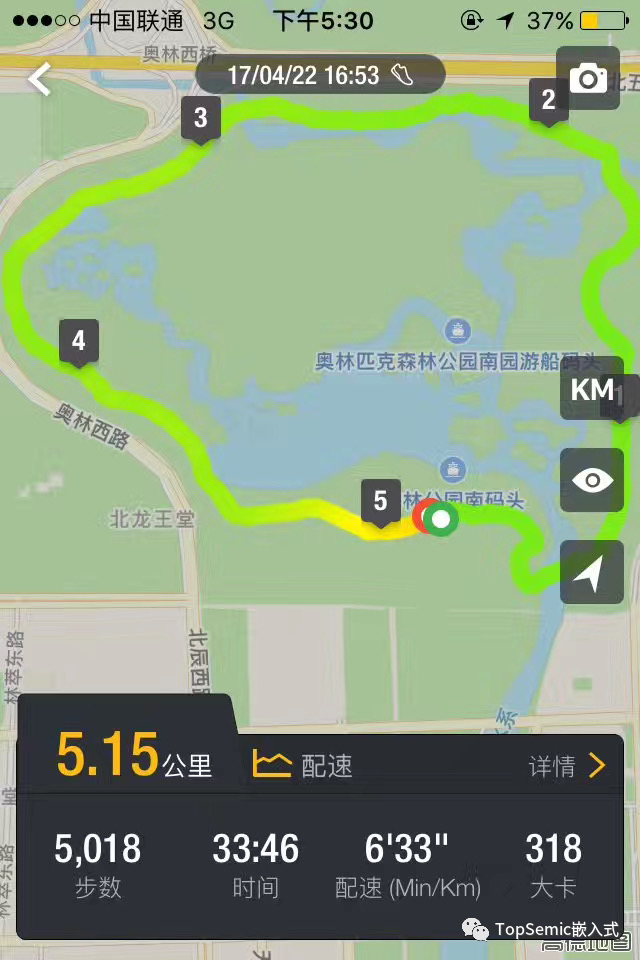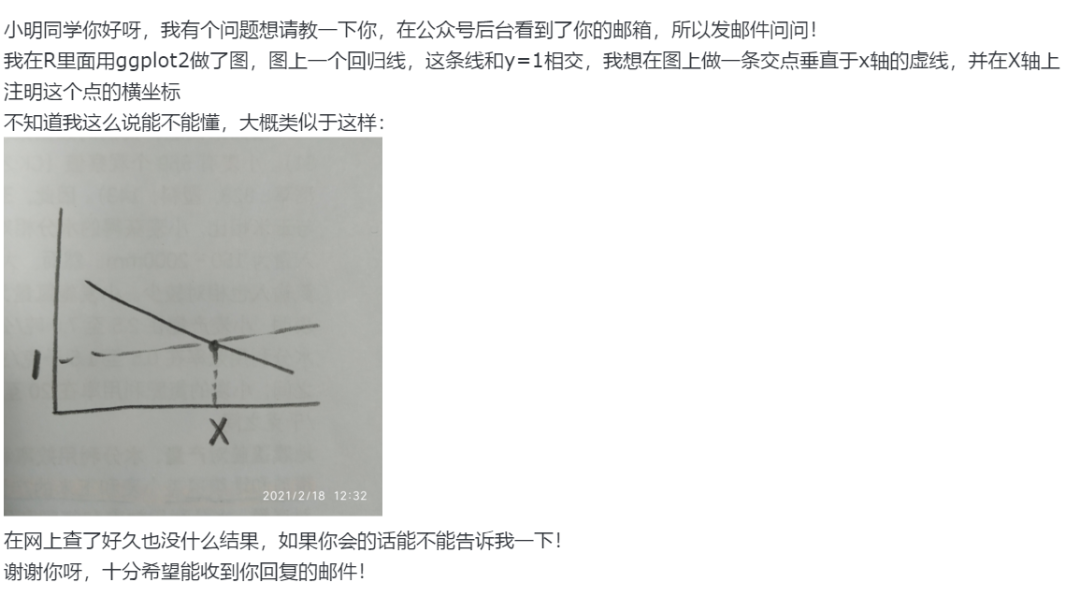I want to let the user control an object moving over the surface of a static sphere. Using two buttons to rotate the direction of the object clockwise and anti-clockwise as it constantly moves forward similar to asteroids.
In scene kit there are three different orientation properties for an SCNNode and I really don't know where to start. I understand how to execute everything except the rotation around the sphere.
You're looking for a parameterization of the surface of the sphere. You can find this online (but it can be tricky if you don't know the magic words to enter for your searches). Check out the entry on MathWorld.
The surface of the sphere is parameterized by two angle variables, call them s and t. Note that one variable will run from zero to 2 pi, and the other will run only from zero to pi. This is a gotcha that can be easy to miss. To convert these angles to rectangular (x, y, z) coordinates, you use the formula:
x = r cos(s) sin(t)
y = r sin(s) sin(t) // Yes it's sin(t) twice, that's not a typo.
z = r cos(t)
I find the following visualization helpful. A curve in a plane (the xy-plane, for example) sweeps out an angle from zero to pi, half a rotation and corresponds to the parameter s. If you set t equal to pi/2, so sin(t) = 1, then you can see how x and y turn into standard rectangular coordinates for a circular section. After the s parameter sweeps out half a circle, you can rotate that half circle all the way around from zero to 2 pi, to form a full sphere, and that full sweep corresponds to the parameter t.
If you represent your object's position by coordinates (s, t) then you can, for the most part, safely convert to rectangular coordinates using the formula above without worrying about the domain of either parameter; however if s or t grow without bound (say, because your object orbits continuously for a long time) it might be worth the small extra effort to normalize the parameters. I'm not sure how sin or cos behave for very large inputs.






